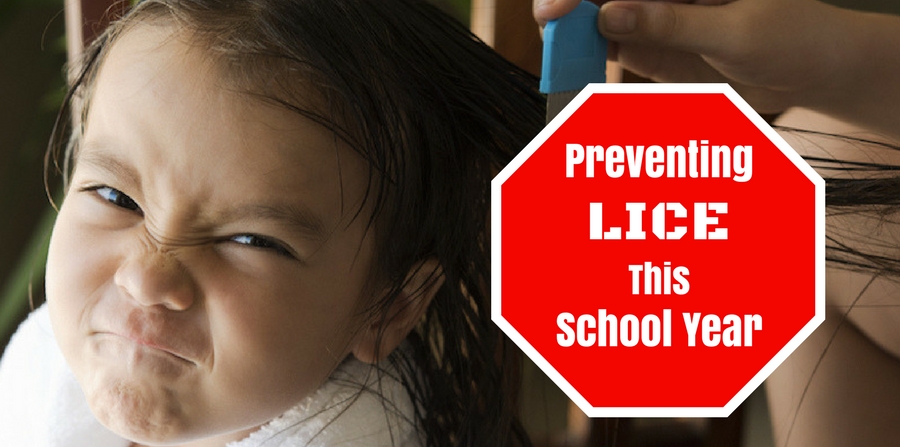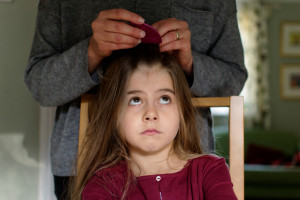Head lice outbreaks are synonymous with the beginning of a new school year, especially for young kids. Lice are maybe the most upsetting pests you’ll ever come into contact with. They live in your hair. They lay eggs in your hair. Did Stephen King design this animal?
Maybe worst of all, a lice infestation could ruin your kid’s first weeks back at school. Chances are, getting your kid happy about school is an uphill battle anyway. The last thing you need is some hair monster making them afraid to get on the bus! Here’s what you should know about lice and how to protect your kids from them.
What are Lice?
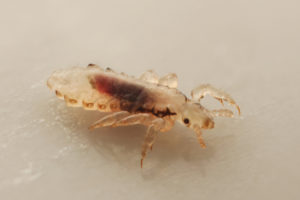
“Lice” is the plural noun for the “louse,” which is an order of clear or grey, 2.5-3 millimeter, flat and wingless parasitic insects. They sustain themselves entirely on the secretions of a host. Head lice (Pediculus humanus capitis) only feed on the blood of humans.
Head lice don’t transmit diseases the way other body lice can, and they lay their eggs on the scalp, not clothing. They can and do undergo their entire four-stage life cycle while infesting a human host, hatching from eggs, molting up to three times as nymphs, and growing to reproductive adulthood.
Why do they infest hair?
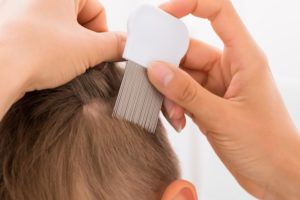
Head lice infest the scalp of their host for two reasons: temperature and security. The pests have to live in warm locations to maintain body temperature. Hair and heat coming off of a host’s head help them stay comfortable while they chow down.
Lice can’t defend themselves from predators, and they can’t fly, jump, or run away fast, either. The best chance they have is staying close to their hosts and hiding. That’s why head lice developed hook-like claws on their legs. These “hooks” latch around hair shafts, allowing the louse to hide under the hair and move around without their host shaking them off.
Why are they such a problem at schools?
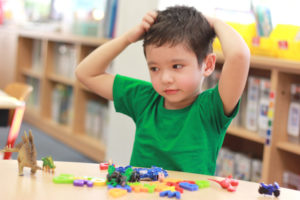
Head lice infestation has nothing to do with the cleanliness of a host. If a child has them, it is not because they are dirty or their home is. The real reason why this particular pest tends to be a problem at pre-schools is even simpler–and kinda silly.
The most common way for lice to move from host-to-host is by head-to-head contact. Little kids are more-or-less the only people likely to have head-to-head contact, other than football players. Kids hair might touch when they’re playing, napping, or just being adorable little weirdos. Lice can also move from host-to-host by hitching rides on clothes and other personal effects.
How can I protect my kid?
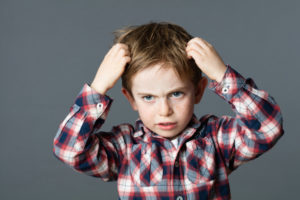
We’d suggest teaching your child that sharing is bad, but we’re pretty sure that would contradict their teacher. You can teach them not to touch other kids’ hair, wear their clothes, or put anything belonging to other kids up by their heads, however. Make sure your kid only wears their own helmet, and doesn’t share hats, scarves, towels, or headsets.
Once your kid gets home from school, consider combing their hair with a fine-toothed comb. If you’re particularly worried about lice, you could use a specialized shampoo to wash your kid’s hair. Make sure you regularly wash your kid’s clothing and bedding, too.
What should I do if my kid has lice?
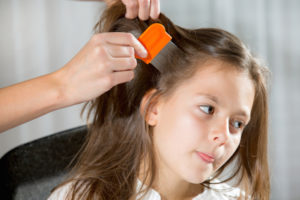
If one one of your kids has lice, everyone should check for them. Immediately isolate clothing, bedding, towels, and combs used by the infested person. Machine wash or professionally dry clean applicable materials using hot water to kill eggs and lice on infested material. Vacuum and thoroughly clean any furniture the infested person used in the past several days.
There are several varieties of louse medicine available. Consult your doctor for information on what you should use and follow their instructions. Use a lice “nit” comb after each treatment, and continue to check the infested person for lice everyday for 2-3 weeks after the lice have gone.
Head lice aren’t dangerous, but that’s cold comfort to anyone who gets them. If you hear about an infestation at your child’s school, don’t panic. Just make sure you follow the tips listed above, and if worst comes to worst, seek out treatment options.
And remember: you don’t have to shave your head. Or your kid’s head. Or some random classmate of your kid’s head. If you have any other questions about pest that live anywhere (not just on your body), give Griffin a call today! We’ve been fighting the pest menace here in Michigan for a long time, and we’ve learned a thing or two in the process. Hope your kid has a great, lice-free year!

